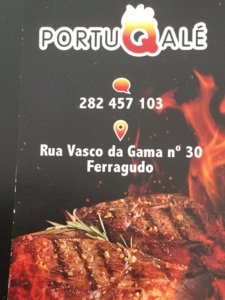Newsletter October 2021
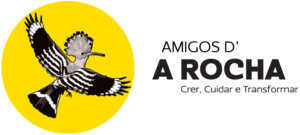
 Welcome to our October Newsletter.
Welcome to our October Newsletter.
Thank you for supporting us!
Sagres Bird Festival is here!
Helen & Filipa
S
N
A
P
SHOT

Aljezur
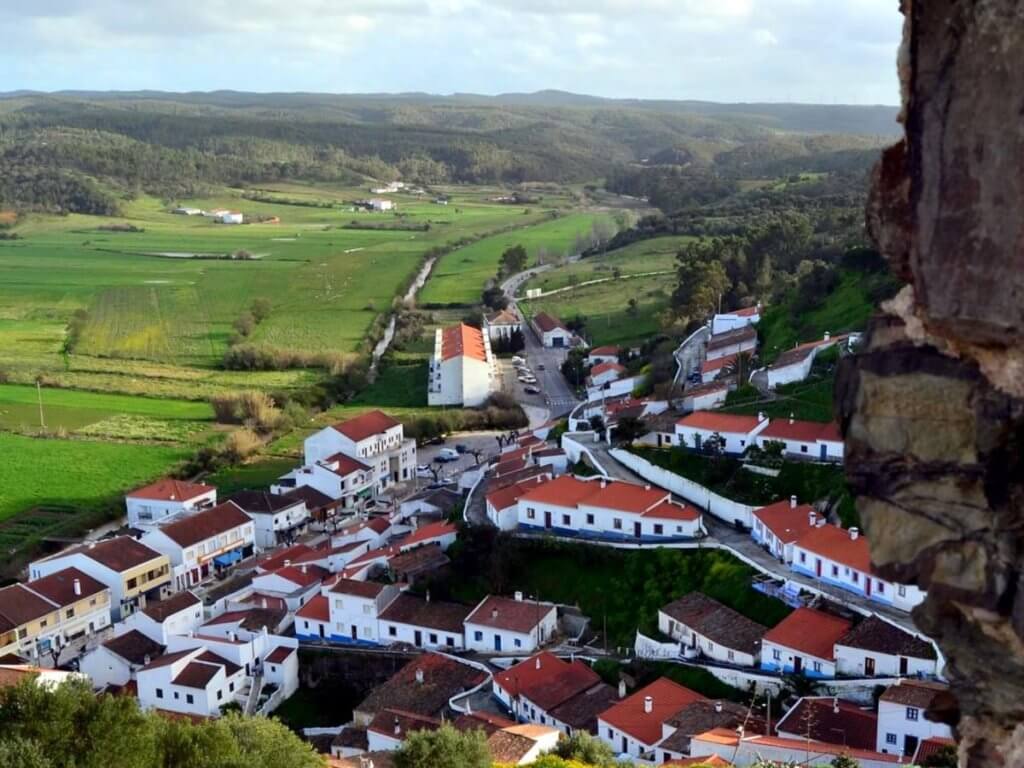
Age: X Century
Town (since 1280)
Population: 5 884 (Census 2011)
Area: 323,5 Km2
Aljezur is a small town, within the Faro District; it is limited in the North by Odemira, in the East by Monchique, in the Southeast by Lagos, in the Southwest by Vila do Bispo and in the West by the Atlantic Ocean. Aljezur is divided into 4 Parish: Aljezur, Bordeira, Odeceixe and Rogil. All the coastline is part of the Southwest Alentejo and Vicent Coast Natural Park.
The human presence in the area is as old as 7000 BC, at the end of the Glacier age, there are also trace elements of the Neolithic (3000-2500 BC) and the Bronze age (1200-800 BC); the town was founded in the X century by the Arabs. The Arabs remained in the area for 5 centuries and their influence is very noticeable; there are some archeologic remains of their presence, like the Arrifana Ribat (or Arrifana Castle) built by the Moors in XII century and considered National Monument in 2013. The Aljezur Castle was also built by the Moors in the X Century, and it is considered one of the most important in the Algarve, although was significantly damaged by the earthquake of 1755. In 1249, during the reign of D. Afonso III, Aljezur was conquered from the Moors and in 1280 the King D. Dinis gave the town a charter.
There are several old stories and legends in the area; although there is one, not so old, but curious. In 1943 during the II Word War, Portugal was a neutral country and was a quiet place. Except on the 9th of July, when a battle happened between German and the Allies airplanes, close to the Aljezur Coast, one of the German airplanes was shot down and it burned, killing 7 Germans. The people of Aljezur held a funeral service for the Germans.
Aljezur has a wonderful rocky coast, interrupted with beautiful sandy beaches. An amazing landscape with wildlife that is worth discovering!
IFO’s – Identified Flying Objects…
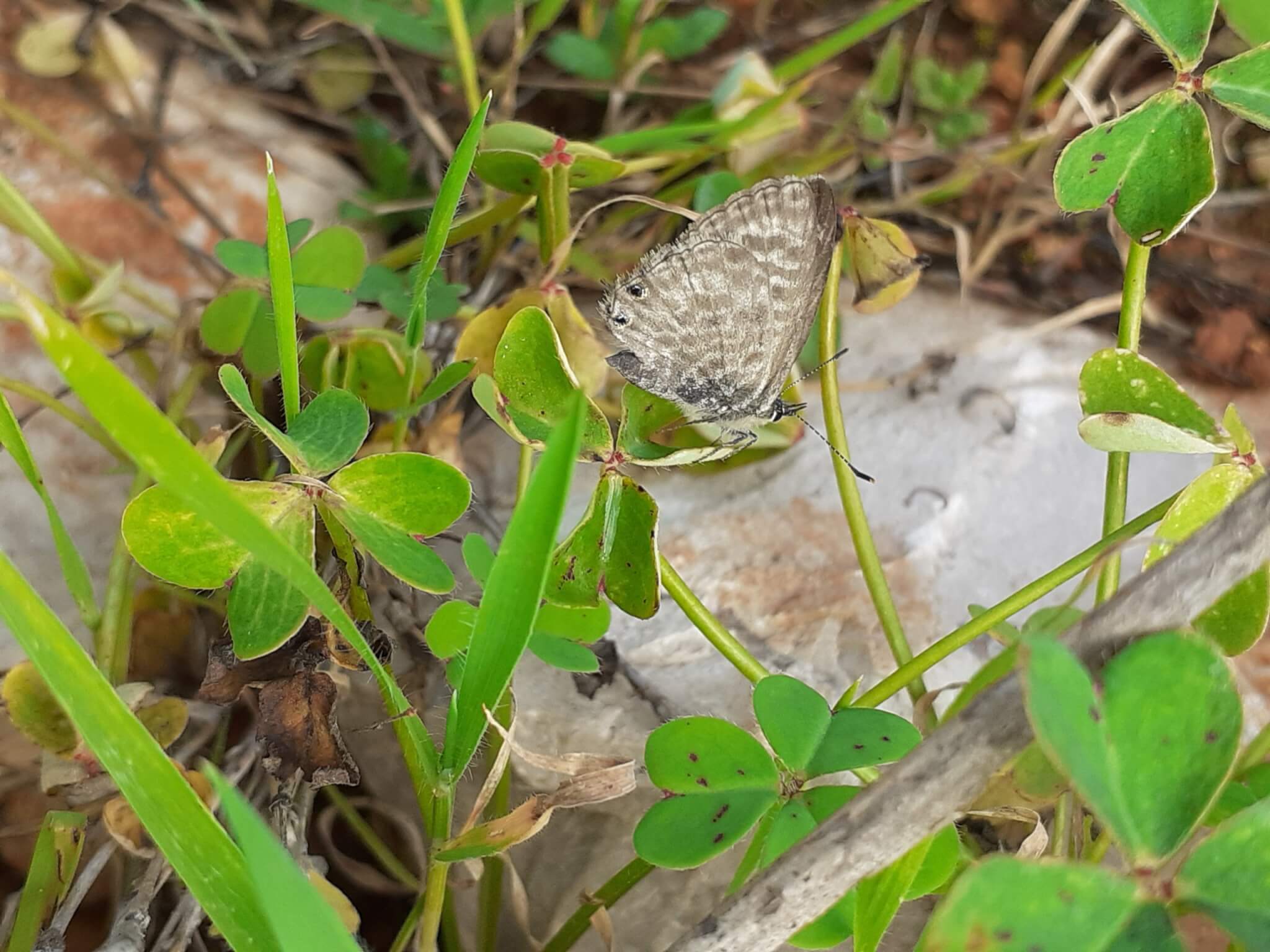
Lang’s Short-tailed Blue
(Leptotes pirithous, Linnaeus, 1767)

Photos by Filipa Bragança

Morphology: It is a small butterfly from the Lycaenidae Family, with a wingspan between 21 to 30 mm (females are larger than males). The upper side of the wings are bluish-violet in males and brownish- blue in females; the underside of the wings are pale brown with white stripes, the hindwings have in the anal region, two orange and blue spots with a small tail. The adults fly from February to December, with several generations per year (polyvoltine).
Habitat: Hot, dry, scrubby areas, wasted land, cultivated areas, gardens and parks.
Distribution: North Africa, Southern Europe (it is present in 20 countries) and Asia Minor. In Portugal it is very common and scattered.
Notes: The larvae feeds on plants from the Fabaceae Family (Astralagus lusitanicus, Medicago sativa, Melilotus sp, Ulex sp). It is a migratory species.
Tweet… Tweet…

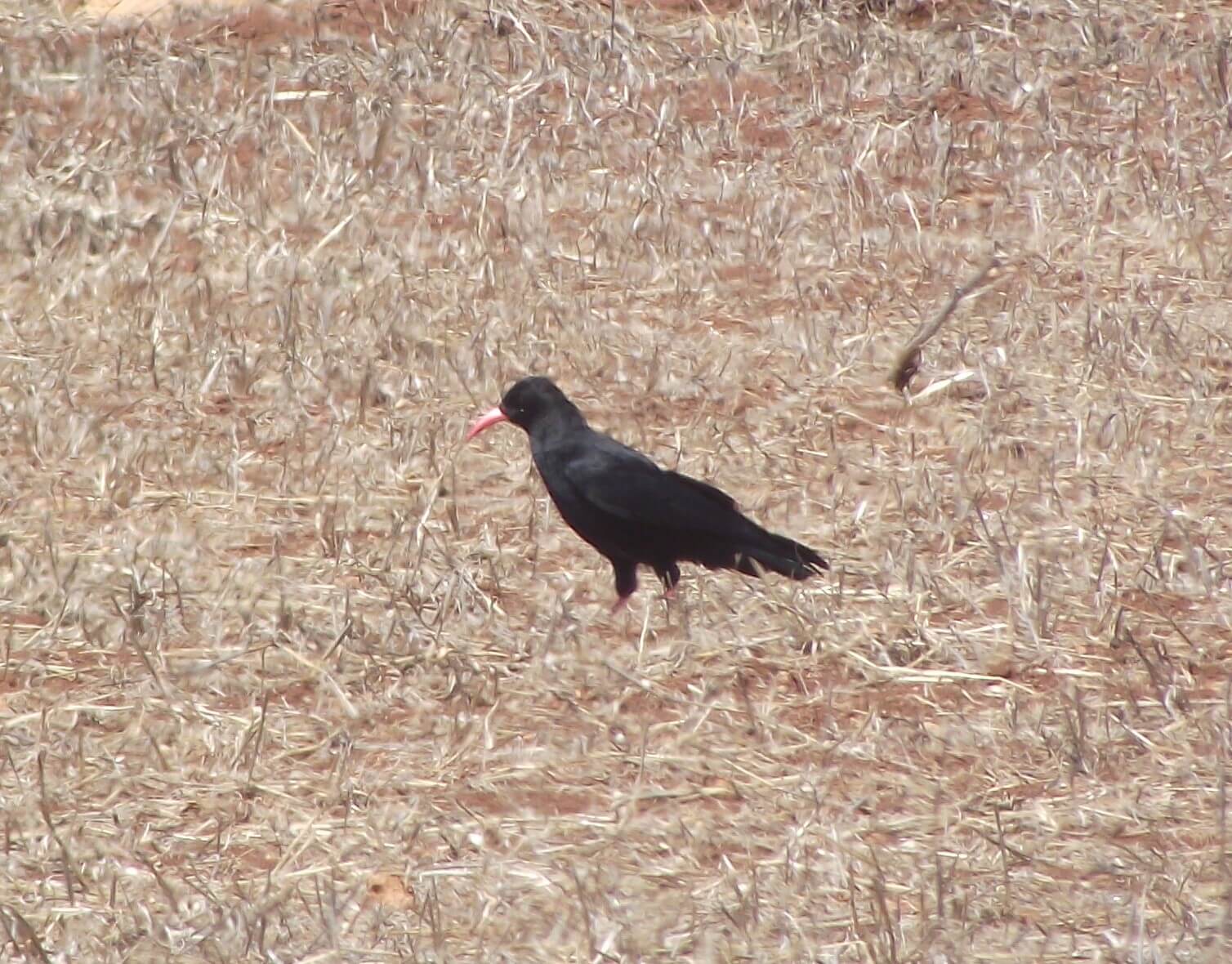
Red-billed Chough
(Pyrrhocorax pyrrhocorax, Linnaeus, 1758)
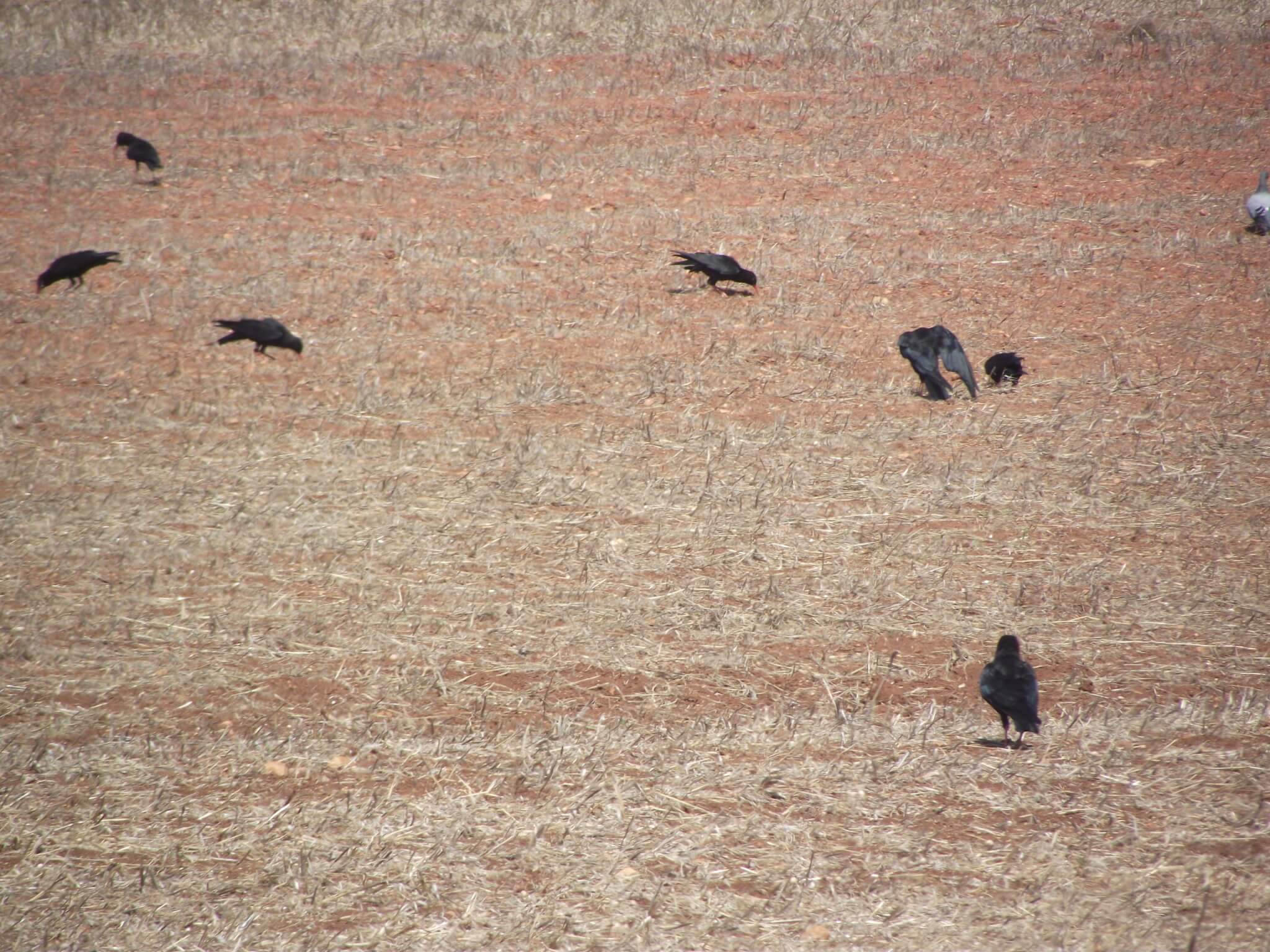
Photos by Filipa Bragança
Identification: It is a large passerine from the Corvidae Family, with a wingspan between 68 to 80 cm. The plumage is glossy black, with red bill and legs; the wings are long, broad and with well-marked “fingers” (tips of the wings), the tail is short, slightly rounded, and broad at the base. Juveniles have yellow dark bills. Males and females are alike. The “metallic” sound is quite distinctive.
Habitat and Ecology: Coastal cliffs, rocky mountains, and rocky river valleys with pastures, farmlands and cereal fields. Breeds in holes and caves on inaccessible rocky cliffs. Feeds on insects and invertebrates captured in the ground, as well as seeds and grains. Usually, it is a social bird and can form small groups.
Distribution: Central Asia and Europe (cliffs and rocky mountains), some isolated populations in Morocco, Argelia and Ethiopia. It is a resident bird. In Portugal is rare and localized, one of the easiest places to see them is around Sagres area.
Threats and Notes: Least Concern (LC) in the International Union for Conservation of Nature (IUCN), in Portugal is considered Endangered (EN). The global population trend is decreasing, and the mains threats are the changes in grazing regimes and grazing habitat loss (tourism development, forestry, and intensive agriculture).
DID YOU KNOW? 
- On the 14th, 16th and 24th of September A Rocha was at Fontes de Estômbar, together with Lagoa Council, organizing three activities: Moth Trapping, Birdwatching tour, and Bird ringing. These events were an opportunity for people to discover the wildlife of the area.
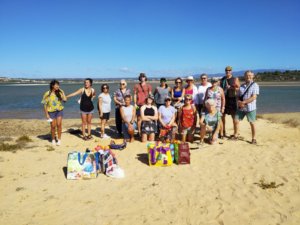
- On the 18th of September, A Rocha took part on the International Coastal Cleaning Day, at Alvor beach. The event was a success and the 30 volunteers collected 27,73 Kg of waste, 50,9 % were plastic! A Lesser Black-backed Gull (Larus fuscus) was found dead, during the beach cleaning, it had a ring which informed us that it was from France.

- On the 20th of September, A Rocha together with Lagos Council organized a gentle walk for people from the Council’s Care home, to discover the birds of Ponta da Piedade.
- September is always a good month for birds, the most important month for bird migration! The number of birds hasn’t been very high, but there was some diversity at our ringing station: Pied Flycatcher (Ficedula hypoleuca), Nightingale (Luscinia megarhynchos), Garden Warbler (Sylvia borin), Willow Warbler (Phylloscopus trochilus), Eurasian Blackcap (Sylvia atricapilla), Reed Warbler (Acrocephalus scirpaceus), Common Redstart (Phoenicurus phoenicurus), Northern Wheatear (Oenanthe oenanthe) and Common Crossbill (Loxia curvirostra).
- This year we had, once more, the visit of UK ringers: Heather, Jo, and Richard; they were bird ringing for the migration season, their help is really important to our work with bird study and statistics.

Common Redstart
(Phoenicurus phoenicurus)
Photo by Richard Dann

Northern Wheatear
(Oenanthe oenanthe)
Photo by Richard Dann
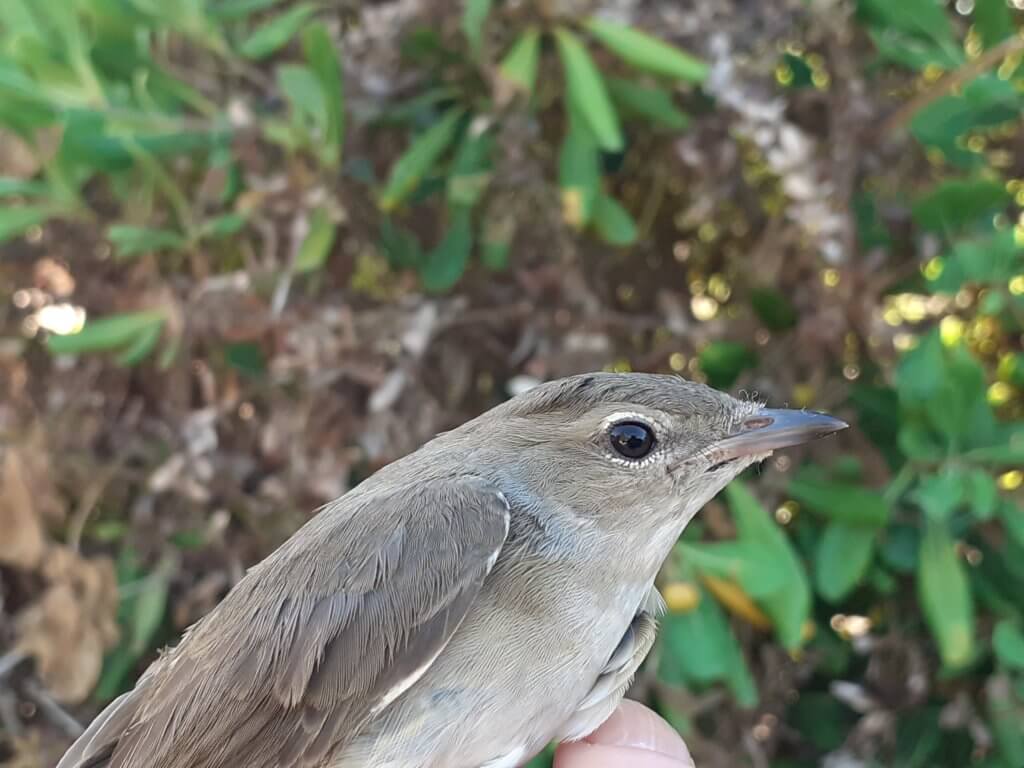
Garden Warbler
(Sylvia borin)
Photo by Filipa Bragança

Common Crossbill
(Loxia curvirostra)
Photo by Richard Dann
- This year, as in other years, A Rocha Portugal, will take part in SEIVA (Initiatives and Education Week of Environmental Volunteering), with Bird Ringing (9:20 am) and Moth Monitoring (10:30 am), Thursday, 14th October (book here); and beach cleaning at Alvor Estuary, on the 13th October, at 09:20 am (meeting point Alvor Estuary car park). For more information contact and to register: isabelsoares@arocha.org

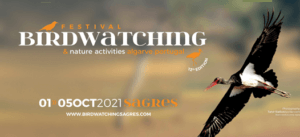 It is now! The Sagres Birdwatching Festival from 1st to 5th of October. See here
It is now! The Sagres Birdwatching Festival from 1st to 5th of October. See here


I love nature! My first interest were the birds, then the orchids, the plants, the butterflies, the moths, the insects…. So much wildlife to be seen and to enjoy! Sometimes we walk around nature, and we don’t really see the wonderful world existing! Algarve is a wonderful place; the weather is great most of the year and all seasons are full of life! We are in a hotspot of biodiversity, with a lot of endemic species! Flowers bloom in all the seasons and insects are present even in winter. Not just birds migrating, autumn is the migration season for some insects as well, like the dragon flies. They seem like helicopters flying around! Sometimes their are dozens of them! They became almost invisible when they have landed. Amazing creatures! and very hard to photograph! Usually, dragon flies can be seen close to water courses, although at this time of the year, some species can be seen almost everywhere. The dragon flies, belong to the Order Odonata and arround 65 species can be found in Portugal. Like other insects, the life cycle includes some larval stages, and the adult form is the “dragon fly” we know; in the early stages the “dragon flies” are aquatic, so they depend on the water to complete their life cycle. Life is a constant discovery 😊
Filipa
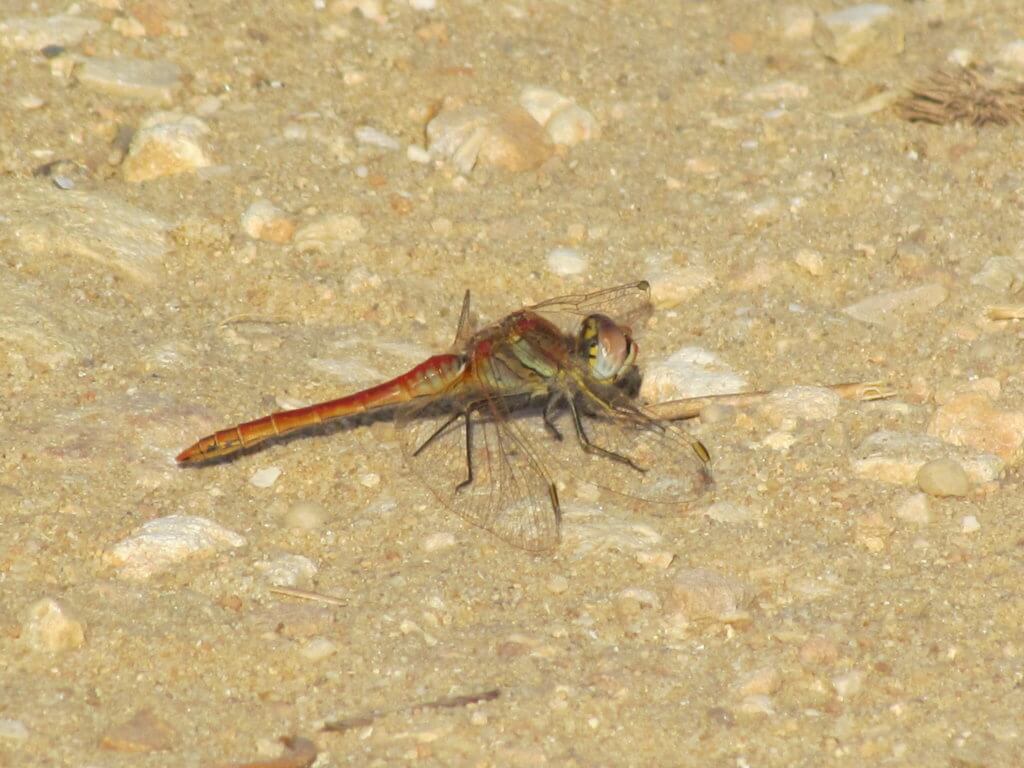
Red-veined Darter (Sympetrum fonscolombii), male

Red-veined Darter (Sympetrum fonscolombii), female
 EXOTIC SPECIES
EXOTIC SPECIES
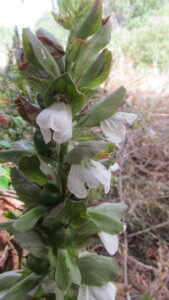 Bear’s Breeches (Acanthus mollis, L)
Bear’s Breeches (Acanthus mollis, L)
Clade: Angiosperms
Order: Lamiales
Family: Acanthaceae
Origin: Centre and East Mediterranean
Size: up to 2 metres height, usually smaller
The Bear’s Breeches is a perennial herbaceous plant with tuberous roots. The leaves grow mainly from a basal rosette, large, dark glossy green, deeply lobed and with long petiole; the upper leaves are smaller. The flowers are arranged in spikes, on an erect stalk, growing directly from the basal rosette; the petals are white and long forming a tube, protected by purplish tooth- spiky bracts. The fruit is a sharp-pointed capsule. Flowers occur in the beginning of summer and afterwards all the plant dries out, becomes reborn with new leaves after the first rain. 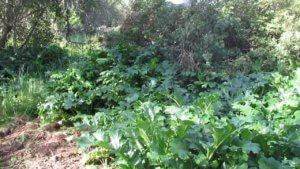
The habitat of this species are shady areas in woodland edges, along water courses and roadsides. This plant is pollinated by bees and bumble bees, large enough to force the entry in the petals tube.
This plant is one of the oldest ornamental plants, it was planted many years ago in gardens and sometimes is referred as native. The leaves of the Bear’s Breeches were inspiration for the Corinthian Art and Greek-Roman architecture (V bC).
The aerial parts of the plant are used in traditional medicine, leaf infusion was used for gargling for toothache and mouth inflammations, and externally for bruises.
Nowadays this plant can be found all over Portugal and is considered a naturalized species with invader behaviour; it is already considered an invasive species in Australia and New Zealand.
POPPED UP

Family: Amaryllidaceae
Identification: It is a perennial bulbous plant, grows up to 15 cm height (maximum 30 cm). The leaves are narrow, small and grow at the base after the flowers; the flowers grow on top of a thin stalk, 1 to 4 in each stalk, white and with pending cup shape. Flowers from September to November.
Habitat and distribution: Open areas of scrublands, pine woodlands, cork oak woodlands and close to water courses., grows in any kind of soils. Occurs in Iberia Peninsula, Italy, and North Africa.
Notes: In Portugal it is common all over the country. The flowers appear before the leaves (growing directly from the bulbous). It is used as an ornamental plant in some countries.
Autumn Snowflake
(Leucojum autumnale) (L.)

Photo from Flora on
DATES TO REMEMBER

7th, 14th, 21st and 28th October – Cruzinha Bird ringing display & Moth Talk (10:00 am to 12:30 pm) Book here
1st to 5th October – Birdwatching Festival Sagres. Check here
5th October – Public Holiday, Implantation of the Republic
13th October – Beach cleaning at Alvor Estuary, 09:20 am
30th of October – change to wintertime (Clocks go BACK 1 hour)
31st of October – Halloween
Thank you for supporting the Friends of A Rocha Portugal

Dr Roy Rodrigues
Av. Do Brasil, Qta das Palmeiras, Lt P2, R/c A, 8500-299 Portimão
(+351) 282180683
royaldente@gmail.com

Sítio da Amoreira, Lote 12,
Alvor, 8500-045 Portimão
(+351) 282412562/ 925433047
www.transfair.com.pt
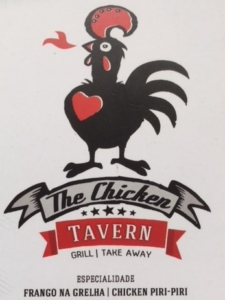
Urbanização Mar e Serra n° 47, Alvor
8500 – 783 Portimão
(+351) 911597735
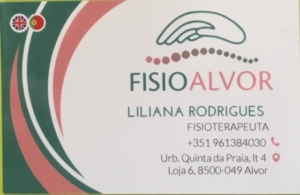
Physiotherapy, Massages (relaxation, sports, therapeutic)
Other therapies
Beauty (manicure, pedicure, hair removal, facials)
Open Monday to Friday
Thought of the month 
“Beauty is the color that paints the truth”. – José Rodrigues dos Santos in Um Milionário em Lisboa (1964, Portuguese journalist, university teacher and writer)

LETS BE GREEN – LETS BE GREEN – LETS BE GREEN 
- Around 40% of solid urban waste is compostable
- The final compost product is organic matter good for plants
- Compostable items do not biodegrade in landfill
- Compostable items are good, but only if you actually compost them: some will never degrade, and just stay underground forever, and others will degrade (like organic waste) and generate methane, which is a powerful greenhouse gas, worse than CO2 (proper compost will reduce these harmful gases)
- Some are only compostable in Industrial facilities; others can be composted at home.
- Home composts reduce the costs of transport and deposition of waste
- Check carefully what you should and should not compost!
LETS BE GREEN – LETS BE GREEN – LETS BE GREEN
Portuguese Vascular Flora Red List
The Red List of the Portuguese Flora was published on the 13th of October 2020. This project evaluated the threat of 630 species according to the criteria of the IUCN (International Union for the Conservation of Nature). The project was coordinated by the Portuguese Society of Botanic, the Portuguese Association of Vegetation Science (PHYTOS) and the ICNF (Conservation Institute for Nature and Forests).
In Continental Portugal, there are more than 3,000 species of plants, some species are quite important, due to their rarity, endemicity or because they are threatened by habitat destruction. The Flora Red List is important to ascertain the species which are subject to a higher risk of extinction and to implement Conservation measures for species and habitats. The destiny of human species is also deeply dependent of the biologic diversity.
Most part of Portuguese territory is part of one of the 36 “hotspots” of biodiversity (important relevance ecological areas which have distinctive vegetation and endemic species and in turn concentrate the attention of the scientists and investments in Nature Conservation), named the “Mediterranean Basin”.
The field work took place between 2016 and 2018, during this period 8 new species were discovered. In total 630 species were evaluated, 381 were threatened: 84 Critically Endangered (CR), 128 Endangered (EN), 169 Vulnerable (VU) and 106 Near Threatened (NT); also 2 of the Portuguese endemic species were considered Extinct (EX) and 17 species Regionally Extinct (RE). The main threats are the urban development and infrastructures (mainly in the coastal area), intensive agriculture expansion, bad vegetation management (herbicides and deforestation), Climate Change and Invasive species.
See here the Flora Red List digital version (mainly in Portuguese)
Maltese Mushroom (Cynomorium coccineum subsp. coccineum): Endangered (EN), parasitic plant, distributed along the Mediterranean basin, in Portugal only occurs in restricted places on the South Coast of the Algarve.
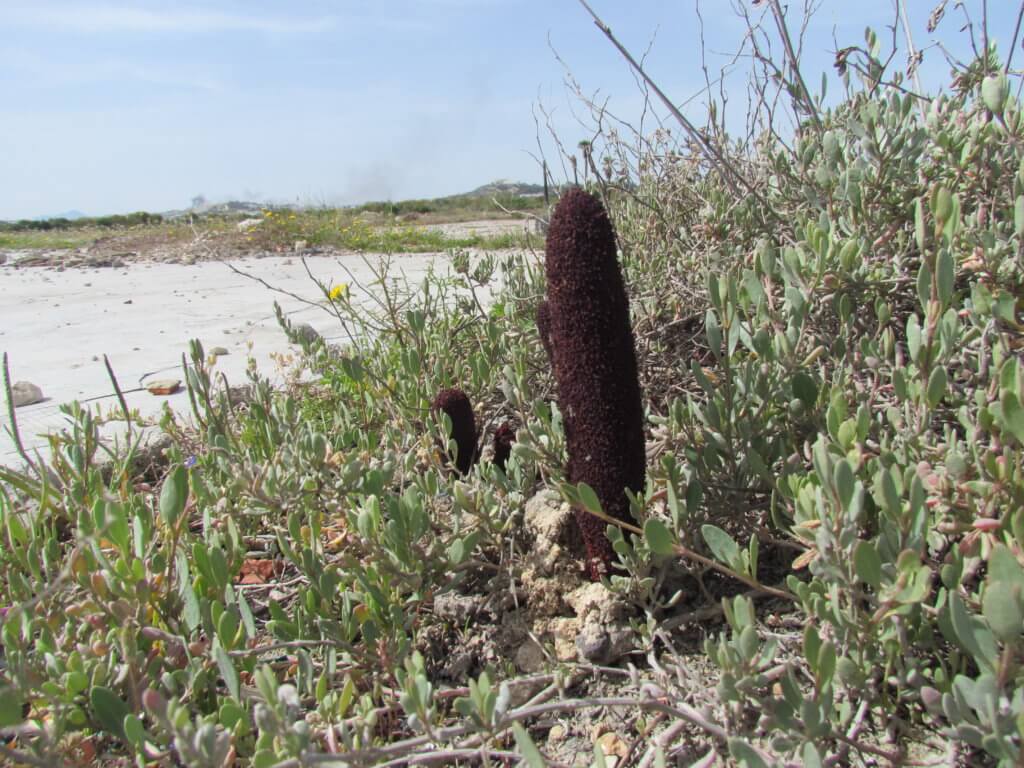
Photo by Guillaume Réthoré
Joint Pine (Ephedra fragilis subsp. fragilis): Vulnerable (VU), shrub, prefers dry habitats, occurs in Southern Europe and North Africa; in Portugal occurs in restricted places in the South Coast of the Algarve (Ponta da Piedade) and Southwest Alentejo and Vicent Coast.
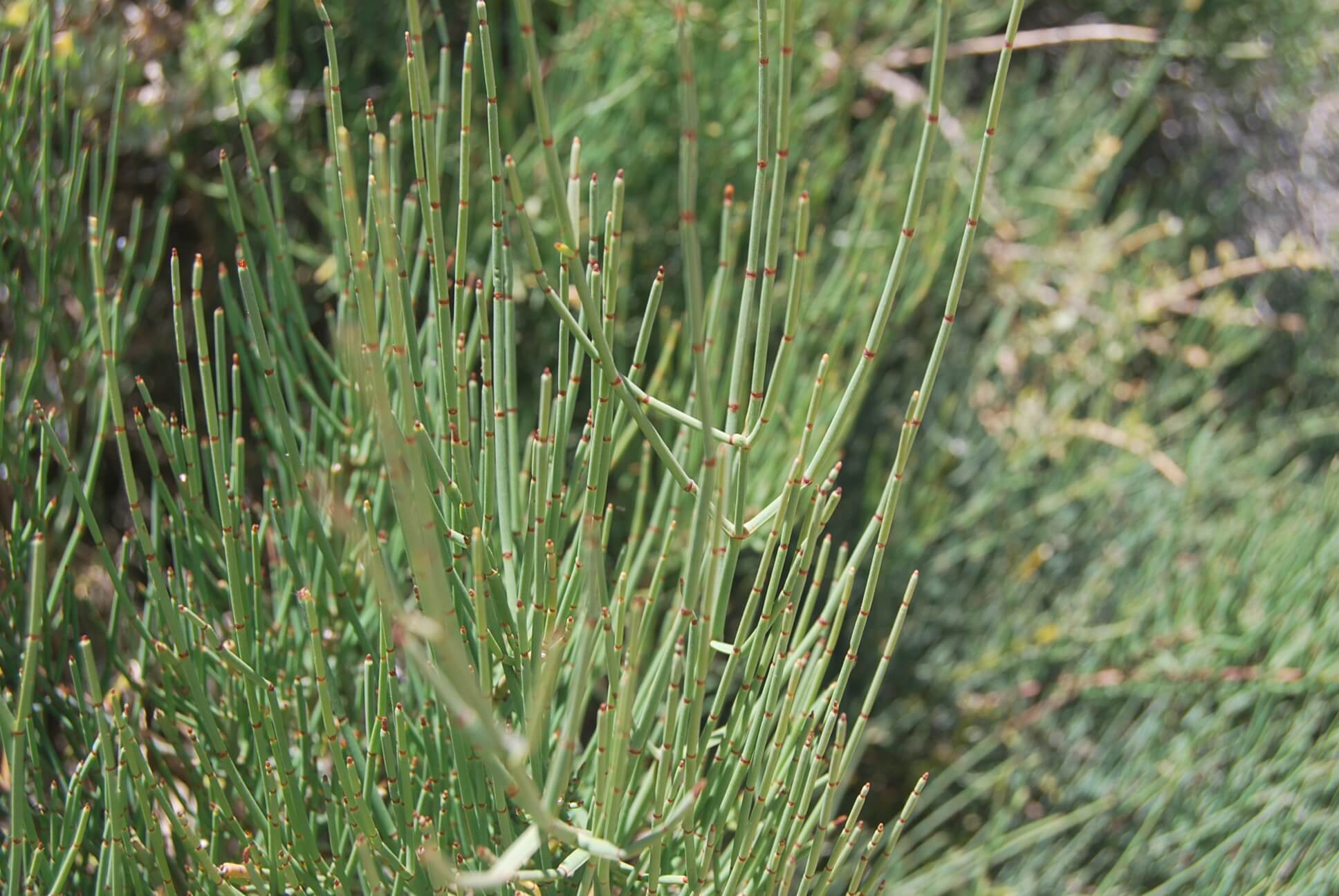
Photo by Filipa Bragança
Sustainability Champions 
Sustainability Champions from around the World– Looking at ways to curb pollution and waste management.
We would like to thank Daniel Hartz, the founder of Sustainability Champions for giving us the permission to share this information.
 Joel Hayes from Alaska is driving a 100% solar- powered, self-converted campervan from Alaska to Argentina to promote his feasibility of renewable energy around the world. The good thing about his campervan is it has no gasoline bills and has zero carbon dioxide emissions when being driven. He believes that the world has all it needs to operate on 100% renewable energy.
Joel Hayes from Alaska is driving a 100% solar- powered, self-converted campervan from Alaska to Argentina to promote his feasibility of renewable energy around the world. The good thing about his campervan is it has no gasoline bills and has zero carbon dioxide emissions when being driven. He believes that the world has all it needs to operate on 100% renewable energy.
By driving his campervan from one end of the planet to the other, he shows that it can cover all of the major climate types and produce all of its energy needs using renewables in the process.
His sustainable campervan can get 200 miles or 300km off a charge and it takes him about 2.5 days of charging to fill his 120kwh battery banks!

Discover Lagoa Pequena at dusk
On 22 October, we’re extending opening hours at Lagoa Pequena, Sesimbra up to 8pm. Come and marvel at the starling murmuration at sunset, or search for owls and otters. Free for all.
More information here (only in Portuguese)
Photo from SPEA

Check the website for dates for organised tours
Woodpeckers at Ria de Alvor- part 2
The two other species are the « black and white » woodpeckers, the Great Spotted Woodpecker (Dendrocopos major) and the Lesser Spotted Woodpecker (Dryobates minor).
 The Great Spotted Woodpecker has a broad distribution, it is present from Europe to Japan. The subspecies present in Iberia is darker than the birds in the rest of Europe but the birds in the south of the peninsula show characteristics similar to the Maroccan birds. In Portugal, it is resident and common, more frequent along the coast. However, it is absent from the more open areas of the Alentejo. It is present in all types of wooden habitats, even the dense ones and parks and gardens. This species prefers mixed forests and « montados ». It can also be found in pinewoods but prefers burned areas as it can find more food, like the insects feeding on the dead wood, and places to nest. The first winter after the fire, these areas are used for communication and preening. This species of woodpecker is a bioindicator of the presence of dead wood. It usually avoids eucalyptus plantations. It is more abundant in the mature forest of the western half of the country like the wooden areas of the Minho, Beira Alta, Beira Litoral, the “montados” in Ribatejo, the valley of Sado and the ravines of the Alentejo coast and Algarve hills. The nest is a cavity excavated by the bird in old or sick trees, but also in other structures like telephone poles. It can be found from sea level to 2000m altitude in the Pyrenees. In Spain, the population may have increased from the 1990’s thanks to the growth of the culture of Poplars and other species of trees. This has lead to an expansion of the distribution area and put in contact isolated populations. The Great Spotted Woodpecker only shows small seasonal erratic movements. In the Algarve, it is common and widespread but more common in the Western part.
The Great Spotted Woodpecker has a broad distribution, it is present from Europe to Japan. The subspecies present in Iberia is darker than the birds in the rest of Europe but the birds in the south of the peninsula show characteristics similar to the Maroccan birds. In Portugal, it is resident and common, more frequent along the coast. However, it is absent from the more open areas of the Alentejo. It is present in all types of wooden habitats, even the dense ones and parks and gardens. This species prefers mixed forests and « montados ». It can also be found in pinewoods but prefers burned areas as it can find more food, like the insects feeding on the dead wood, and places to nest. The first winter after the fire, these areas are used for communication and preening. This species of woodpecker is a bioindicator of the presence of dead wood. It usually avoids eucalyptus plantations. It is more abundant in the mature forest of the western half of the country like the wooden areas of the Minho, Beira Alta, Beira Litoral, the “montados” in Ribatejo, the valley of Sado and the ravines of the Alentejo coast and Algarve hills. The nest is a cavity excavated by the bird in old or sick trees, but also in other structures like telephone poles. It can be found from sea level to 2000m altitude in the Pyrenees. In Spain, the population may have increased from the 1990’s thanks to the growth of the culture of Poplars and other species of trees. This has lead to an expansion of the distribution area and put in contact isolated populations. The Great Spotted Woodpecker only shows small seasonal erratic movements. In the Algarve, it is common and widespread but more common in the Western part.
At Ria de Alvor, the species was mostly seen in July and August until the end of the 1990’s. There, there was a decrease in the number of sightings before it increased again and the species is now recorded all year round. It was caught at Cruzinha for the first time in 2007 (like the Iberian Green Woodpecker). Then, the second one caught was only in 2016 and then 2017 and 2020, but with 2 birds each time. In total, 6 birds were caught and ringed at Cruzinha, 5 of them during the last 5 years.
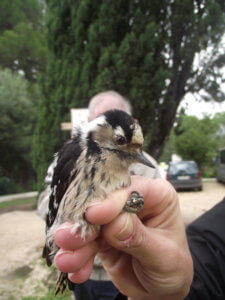 The last species is the smallest of all, the Lesser Spotted Woodpecker. It is present in all Europe and Asia until the Pacific coast and in North Africa. Its distribition is fragmented in Iberia and there is still much to learn about it. It is present from sea level up to 1,300m altitude in the Sierre de Gredos in Spain but it usually nests below 800 m. In Portugal, it is an uncommon resident species with a widespread but discontinuous distribution. It is rare north of the Douro and almost absent along the coast north of the Tagus. The highest densities are found in the « montados », south of the Tagus, the Sado valley and the ravines of the Alentejo coast and Algarve hills. It is absent from Madeira and the Azores. It prefers dense « montados » with Cork Oak and Holm Oak and old or dead trees where it can dig a hole to nest. It usually avoids eucalyptus and pinewoods. There are no differences between the winter and spring distribution and there is also little differences in terms of habitat selection. The breeding period starts as soon as January or February and the post-juvenile dispersion is more important for males than females with some birds going up to 60 km away from their nesting site between August and November.
The last species is the smallest of all, the Lesser Spotted Woodpecker. It is present in all Europe and Asia until the Pacific coast and in North Africa. Its distribition is fragmented in Iberia and there is still much to learn about it. It is present from sea level up to 1,300m altitude in the Sierre de Gredos in Spain but it usually nests below 800 m. In Portugal, it is an uncommon resident species with a widespread but discontinuous distribution. It is rare north of the Douro and almost absent along the coast north of the Tagus. The highest densities are found in the « montados », south of the Tagus, the Sado valley and the ravines of the Alentejo coast and Algarve hills. It is absent from Madeira and the Azores. It prefers dense « montados » with Cork Oak and Holm Oak and old or dead trees where it can dig a hole to nest. It usually avoids eucalyptus and pinewoods. There are no differences between the winter and spring distribution and there is also little differences in terms of habitat selection. The breeding period starts as soon as January or February and the post-juvenile dispersion is more important for males than females with some birds going up to 60 km away from their nesting site between August and November.
At Ria de Alvor, it was seen for the first time in 2004 and has been annual since. The first bird ringed at Cruzinha was also in 2004 and then in 2007 and it has been almost annual since, with several years with 2 different birds. In total, 10 birds have been caught and ringed at Cruzinha.
By Guillaume Réthoré
If you have any queries please do not hesitate to contact us:
friends.arpt@arocha.org
Or visit us on our open day: Thursdays from 10:00 am to 12:30 pm
See map: https://arocha.pt/en/contact-us/
GPS coordinates
37°08’39.8″N (37.1444) 8°36’29.2″W (-8.6081)
(+351) 282 968 380
Thank you for supporting us!
Hope to see you soon!


